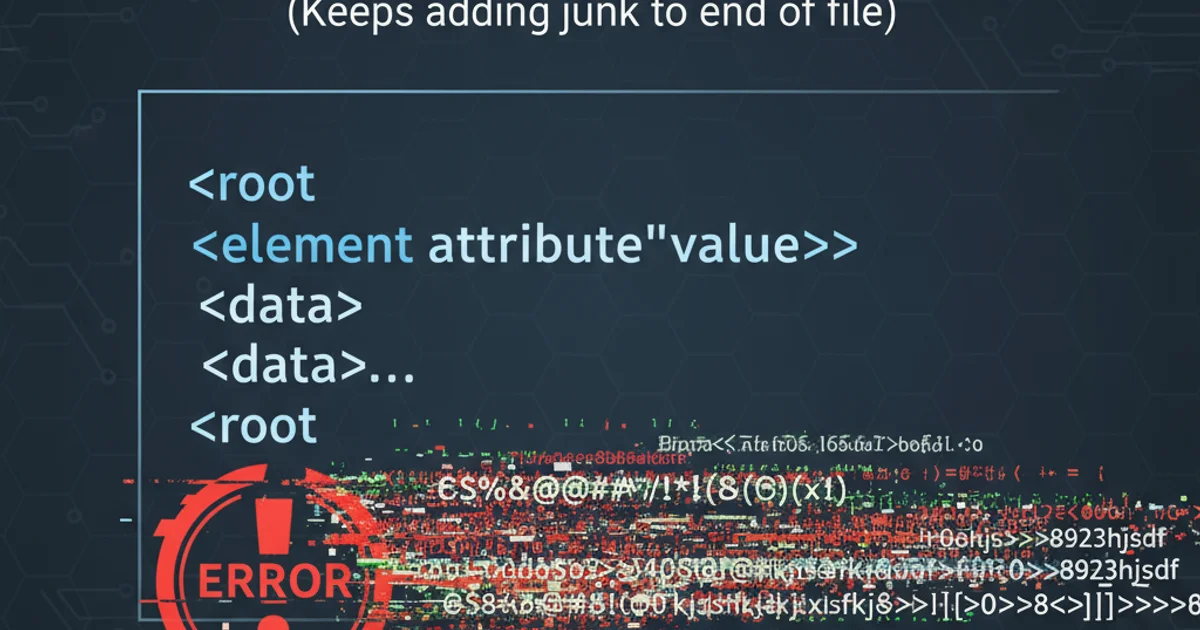What is the purpose of annotations in Java?
Categories:
Understanding Java Annotations: Purpose, Types, and Usage

Explore the fundamental role of annotations in Java, how they provide metadata to code, and their diverse applications from compile-time checks to runtime processing.
Java annotations, introduced in Java 5, are a powerful feature that allows developers to add metadata to their code. This metadata doesn't directly affect the execution of the code itself but provides valuable information that can be processed by tools, compilers, and runtime environments. Think of them as tags or markers that you attach to declarations (classes, methods, fields, parameters, etc.) to give them special meaning.
What are Annotations and Why Use Them?
At its core, an annotation is a form of syntactic metadata that can be added to Java source code. They are distinct from comments because they can be read and processed by programs. The primary purpose of annotations is to provide information about the code without being part of the code's logic. This enables a wide range of functionalities, making code more declarative, less verbose, and easier to maintain.
flowchart TD
A[Java Source Code] --> B{Add Annotations}
B --> C[Compiler/Tools]
C --> D{Process Annotations}
D --> E[Generate Code/Reports]
D --> F[Runtime Reflection]
F --> G[Dynamic Behavior]Annotation Processing Flow
Key benefits of using annotations include:
- Compile-time checks: Annotations can be used by the compiler to detect errors or suppress warnings.
- Code generation: Tools can read annotations to generate boilerplate code, configuration files, or other artifacts.
- Runtime processing: Annotations can be queried at runtime using reflection to alter program behavior dynamically.
- Reduced boilerplate: They can replace XML descriptors or other configuration files, making code more concise and readable.
- Improved readability: Annotations make the intent of the code clearer to other developers.
Built-in Annotations and Their Applications
Java provides several standard, built-in annotations that are commonly used. These annotations serve various purposes, from guiding the compiler to indicating the intended use of a method.
public class MyClass {
@Override
public String toString() {
return "MyClass instance";
}
@Deprecated
public void oldMethod() {
System.out.println("This method is deprecated.");
}
@SuppressWarnings("unchecked")
public void processList(java.util.List list) {
// Compiler warning suppressed for unchecked operation
}
@FunctionalInterface
interface MyFunctionalInterface {
void doSomething();
}
}
Examples of built-in Java annotations
Let's break down some of these essential built-in annotations:
@Override: Indicates that a method declaration is intended to override a method declaration in a supertype. The compiler will issue an error if the method does not correctly override a supertype method.@Deprecated: Marks a program element (class, method, field) as deprecated. This signals that the element should no longer be used, often because a better alternative exists, and it might be removed in future versions. Compilers typically issue a warning when deprecated elements are used.@SuppressWarnings: Instructs the compiler to suppress specific warnings that it would otherwise generate. This is useful when you know a warning is benign in a particular context and want to avoid cluttering your build output.@FunctionalInterface: Introduced in Java 8, this annotation is used to indicate that an interface type declaration is intended to be a functional interface. A functional interface is an interface with exactly one abstract method. The compiler enforces this rule, preventing accidental addition of more abstract methods.
@SuppressWarnings can be useful, use it judiciously. Suppressing warnings indiscriminately can hide real issues. Always add a comment explaining why a warning is being suppressed.Custom Annotations and Their Power
Beyond the built-in annotations, Java allows you to define your own custom annotations. This is where the true power of annotations shines, as you can create domain-specific metadata that your own tools or frameworks can process. Custom annotations are defined using the @interface keyword.
import java.lang.annotation.*;
@Retention(RetentionPolicy.RUNTIME)
@Target(ElementType.METHOD)
public @interface Loggable {
String value() default "";
}
public class MyService {
@Loggable("Performing business logic")
public void doBusinessLogic() {
System.out.println("Executing business logic...");
}
@Loggable
public void anotherMethod() {
System.out.println("Executing another method...");
}
}
Defining and using a custom annotation
When defining a custom annotation, you typically use meta-annotations to control its behavior:
@Retention: Specifies how long the annotation is to be retained. Common policies areSOURCE(discarded by the compiler),CLASS(recorded in the class file but not available at runtime), andRUNTIME(recorded in the class file and available at runtime via reflection).@Target: Indicates the contexts in which the annotation is applicable (e.g.,ElementType.TYPEfor classes/interfaces,ElementType.METHODfor methods,ElementType.FIELDfor fields, etc.).@Documented: Indicates that elements using this annotation should be documented by Javadoc and similar tools.@Inherited: Indicates that an annotation type is automatically inherited by subclasses.
classDiagram
Annotation <|-- Retention
Annotation <|-- Target
Annotation <|-- Documented
Annotation <|-- Inherited
class Retention {
+RetentionPolicy value()
}
class Target {
+ElementType[] value()
}
class Documented
class Inherited
class MyCustomAnnotation {
<<annotation>>
+String value()
}Meta-annotations for custom annotation definition
Custom annotations are widely used in popular Java frameworks like Spring, Hibernate, and JUnit. For example, Spring uses annotations like @Autowired for dependency injection, @Controller for defining web controllers, and @Transactional for managing database transactions. These annotations significantly reduce the amount of XML configuration or programmatic setup required, making development faster and code cleaner.